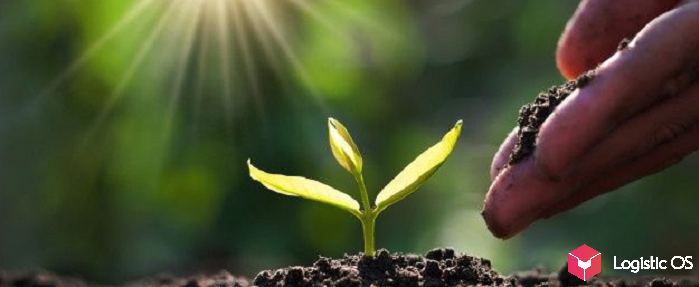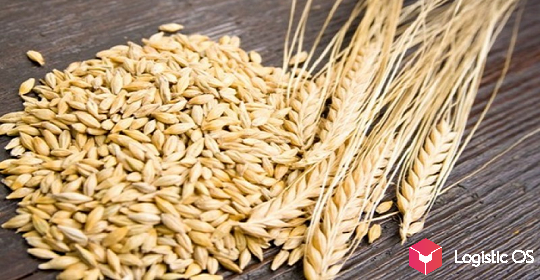In 2020, Russia exported agricultural products worth about $ 29.4 billion. However, there is reason to believe that this value may become lower in the coming year.
The new year 2021 on the agro-industrial complex began in Russia very cheerfully: in almost all areas, including grains and oilseeds, in January there is an increase in exports compared to January 2020.
Grains (in total) were sold for 715 million dollars (+ 40% compared to last January).
Wheat — by $ 636 million (+ 57%).
Exports soybeans grew by an order of magnitude: from $ 19 million to $ 414 million.
Of course, all these records are directly related to the fact that quotas and duties will be introduced in February-March, which will severely restrict exports. Therefore, in the last month before their appearance, exporters «worked hard». As for soybeans, there is information that producers have already managed to export almost the entire crop of 2020 for export.
Which countries buy agricultural products from Russia?
The top 5 looks like this.
China : $ 446 million in agricultural products in January (+ 62% compared to last January).
Turkey : 288 million (+ 21%).
Europe : 203 million (+ 5%).
South Korea : 173 million (+ 158% — record growth!)
Egypt : 124 million (-14% — slight drawdown).
Generally speaking, in 2020 the export of agricultural products from Russia increased by 20% compared to last year and amounted to almost $ 30 billion.
However, not everything is so rosy: this year this indicator may significantly drop.
Why will Russian agro-industrial complex exports fall in 2021?
There are at least three reasons .
- The very quotas and duties that will discourage exporters from actively trading (sales will bring much less profit).
- Proactive sale pending the introduction of quotas: many consignments that should have gone abroad in February-March have long crossed the border.
- Expectation that grain harvest in Russia this year will be lower than last year.
If the first two reasons are purely technical in nature and are caused by a simple redistribution of volumes between months, then the third is serious. The Institute for Agricultural Market Studies predicts that due to a poor harvest of winter crops and other reasons, agrarians will harvest at least 7 million tons less grain this year than last year (125 million tons instead of 133 million). And this is if the circumstances are successful.

All this ultimately forced the Ministry of Agriculture to revise its development strategies and move the achievement of an ambitious goal — the volume of annual agricultural exports at the level of $ 45 billion — from 2024 right up to 2030.

